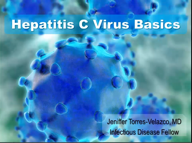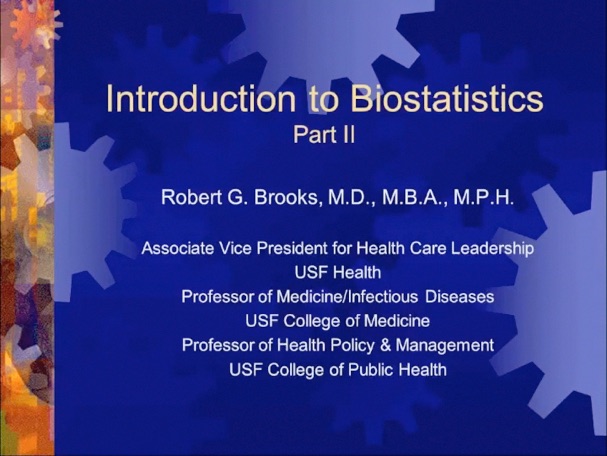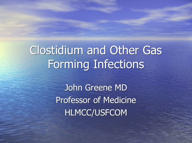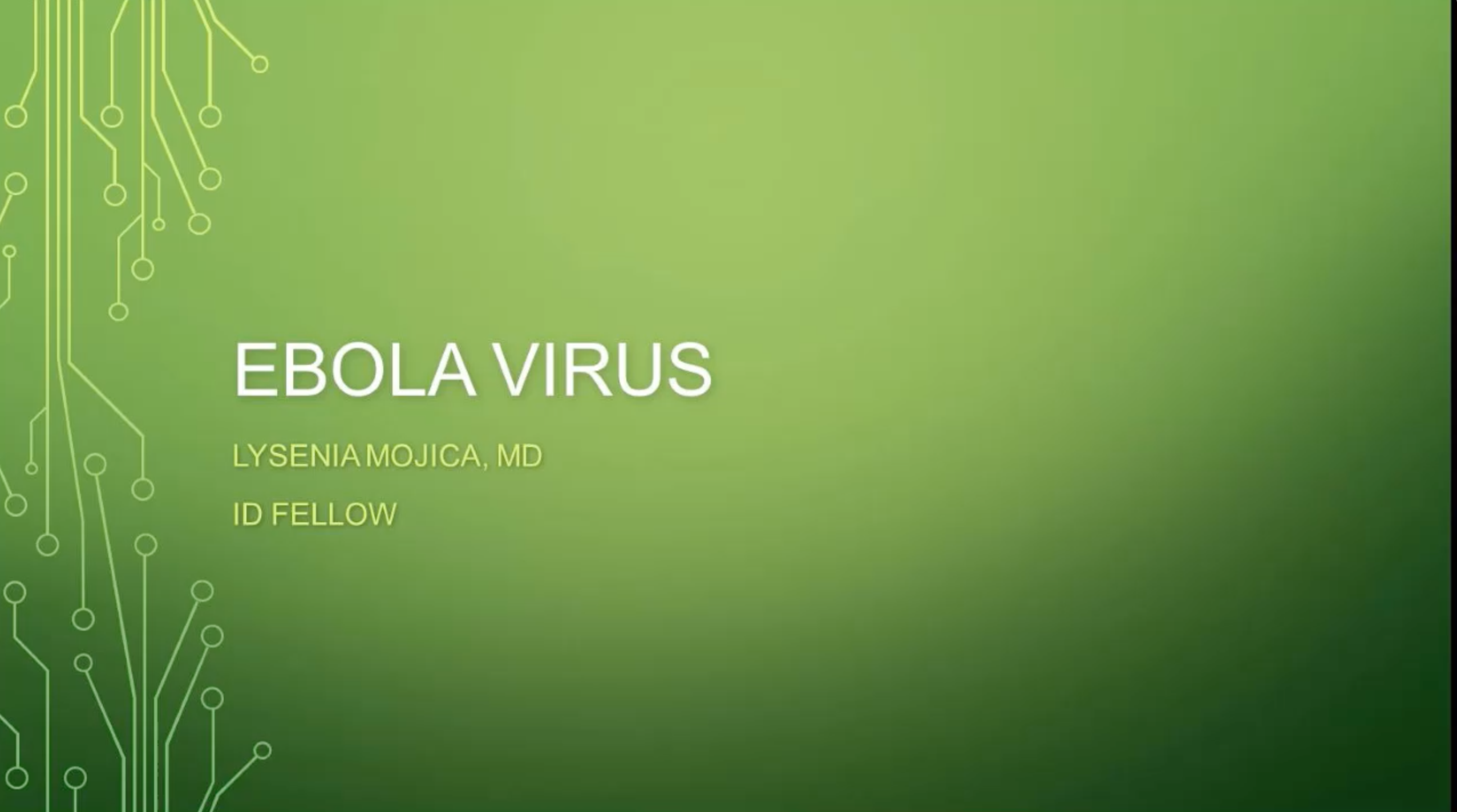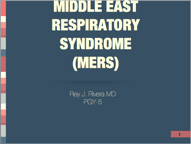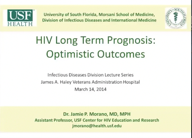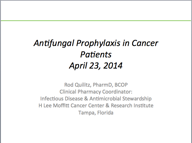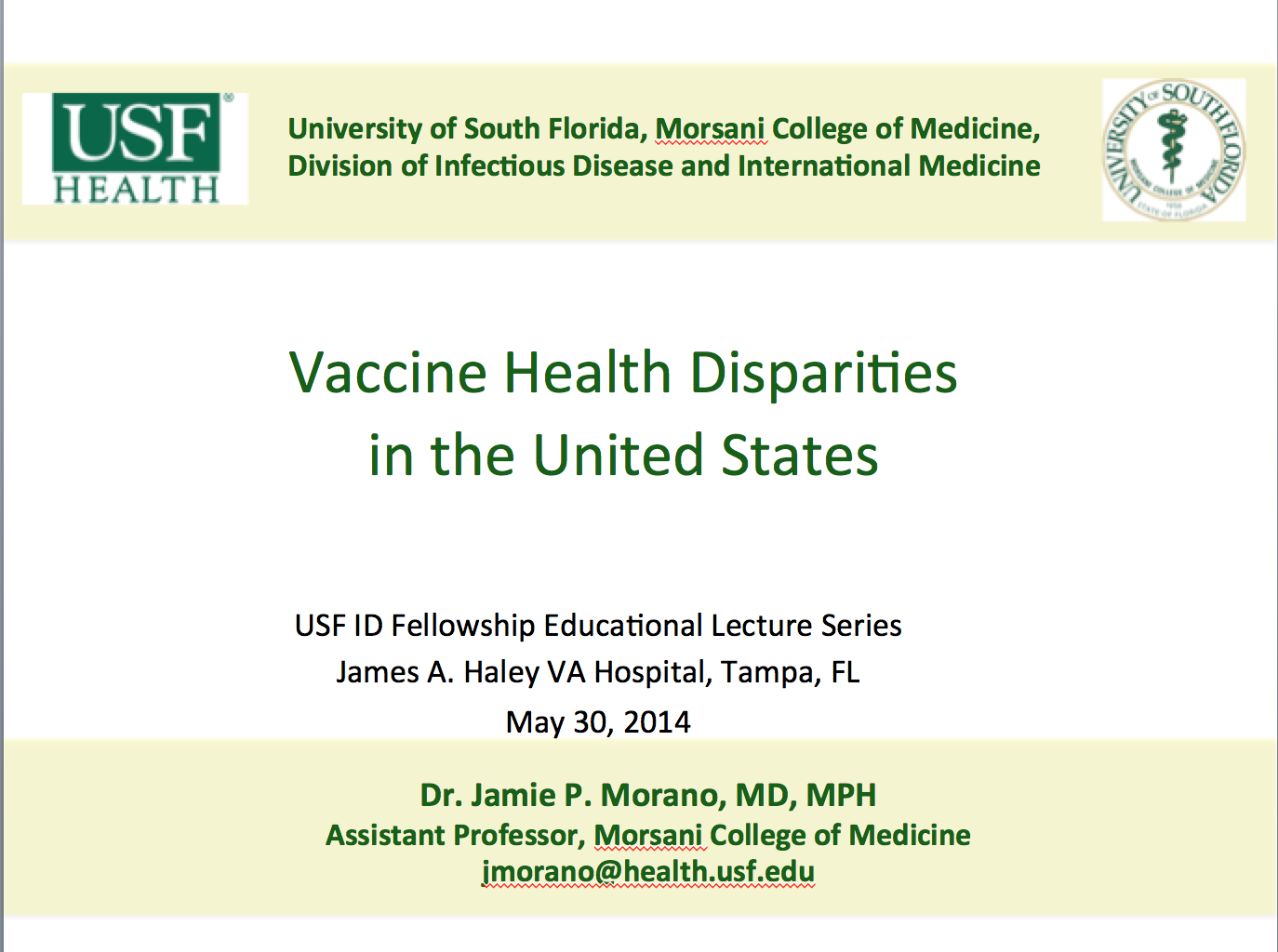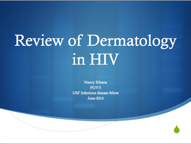Dr. Torres shares some basic information about Hepatitis C infection.
Archives
Biostatistics: Back to the Basics, Part II
Treatment of Clostridium Difficile Infection: Old Treatments and New Strategies
Linda Cheung, PharmD, speaks about the treatment of Clostridium difficile infections. She provides a background on C. difficile epidemiology, pathogenesis, risk factors (antibiotics and proton pump inhibitors), clinical manifestations (diarrheal disease, pseudomembranous colitis, toxic megacolon), diagnostic laboratory tests (PCR, EIA toxin assay, cytotoxins, stool culture), and management. She also discusses probiotic prophylaxis, new antimicrobials indications for C. difficile, IVIG use, and stool transplants. Finally, she discusses future therapies in development and infection control – the importance of proper handwashing.
Ebola Virus: Old Pathogen, New Outbreak
Dr. Lysenia Mojica discusses the recent Ebola outbreak in West Africa. She speaks about the history and characteristics of the Filoviridae and discusses Ebola virus in particular. Ebola vectors are unknown, though thought to be carried by bats, and transmission of the highly virulent and stable virus can occur parenterally and by physical contact. She goes over clinical manifestations, risk factors, laboratory findings, and management and containment strategies. Finally, she discusses global implications of the West Africa outbreak.
Middle Eastern Respiratory Virus Syndrome
Dr. Rey Rivera, infectious diseases fellow at the USF College of Medicine discusses a case of MERS and the implications of the 2014 MERS Coronavirus outbreak. The 2020 SARS CoV-2 Coronavirus shares similarities with the SARS-CoV and MERS, as all are Betacoronaviruses. He provides an overview of the infection, viral characteristics, epidemiology, presentation, diagnosis, and management. He also goes over screening criteria from the CDC and recommendations for people traveling to endemic areas such as Saudi Arabia. MERS outbreaks are still ongoing in the Middle East as of early 2020. Though the podcast was recorded in 2014, the specifics of MERS are worth revisiting in the shadow of the 2020 Coronavirus pandemic.
Long-Term Progressors and Elite Controllers: From Mississippi to Berlin
Dr. Jane Mai speaks about patients who have been “cured” of HIV infections – those patients who have no symptoms of HIV for greater than 10 years, and may have normal CD4 counts without significant decline. She reviews cell-mediated and humoral immunity and their involvement in a patient’s response to HIV infection and treatment. She also provides an overview of HIV pathogenesis, patient and viral factors that influence disease course, and possible targets for vaccines and new therapies. She also discusses patients who had seemingly achieved a clinical cure, including the Mississippi Baby, and Berlin Patients (Timothy Ray Brown).
HIV Long Term Prognosis: Optimistic Outcomes
Dr. Jamie Morano speaks about the long term outcomes in HIV-infected patients. She reviews immune reconstitution, the factors that lead to ART success, management of aging patients with longer lifespans, and implications for the future. Immune Reconstitution involves the expected recovery of the immune system when ART is initiated, while an unmodulated immune response characterized by worsening opportunistic infections is called IRIS. She also addresses HIV latency in other organ systems, HIV non-progressors, IRIS morbidity and mortality, and generational differences in HIV treatment outcomes. She touches on pre-exposure prophylaxis for high-risk individuals – men who have sex with men and intravenous drug users. Finally, she covers future infectious disease concerns for HIV patients, including MERS-CoV and reemerging vaccine preventable infections.
Antifungal Prophylaxis in Cancer Patients
Rod Quilitz, PharmD, speaks about antifungal prophylaxis in cancer patients. Since these patients are largely immunocompromised, they are more susceptible to fungal infections, both by irritating manifestations like mucocutaneous candidiasis and potentially life-threatening invasive systemic fungal infections. However, antifungal medications can cause toxicity and drug interactions that must be balanced with the risk of infection in these patients. He covers candidiasis and aspergillosis, and the agents used to treat and prevent them. He also covers contraindications to antifungal prophylaxis.
Vaccine Health Disparities in the United States
Dr. Jamie Morano speaks about health disparities regarding vaccination in the US and public health strategies to improve vaccination rates in the US population. She discusses the re-emergence of vaccine preventable diseases in the US, including measles and pertussis. She also speaks about the misconceptions about severity of these diseases and the risks/benefits of vaccines. She reviews the adult immunization schedule and common illnesses like pneumonia and influenza.
Review of Dermatology in HIV Infection
Dr. Nancy Rihana presents a review of dermatological manifestations and conditions associated with HIV infection. While opportunistic infections and Kaposi’s sarcoma have decreased in incidence with the advent of HAART, inflammatory skin conditions remain at constant levels of incidence. Reviewing the various cutaneous pathologies that occur in HIV-infected patients may prevent the clinician from stopping successful HAART due to suspicion for drug allergy. Dr. Rihana reviews exanthems expected at different CD4 counts, including syphilis, staphylococcus infections, scabies, lymphoma, fungal infections, shingles, psoriasis, and skin cancers among other conditions.
